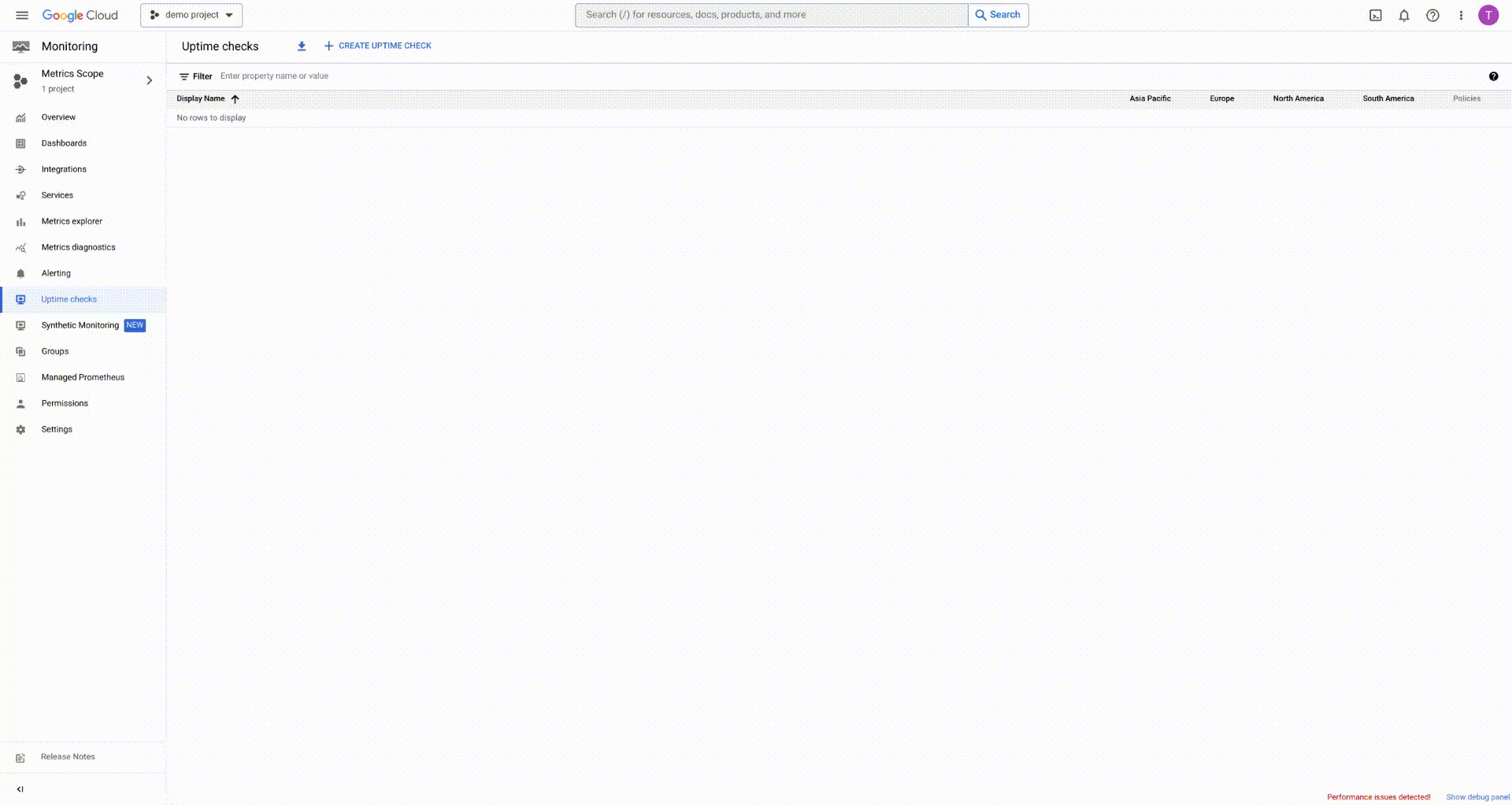Verify POST endpoint availability with Uptime Checks
Tiffany Shen
Software Engineer
An unreliable app is no fun to use. Ensuring that users experience high levels of availability, consistency, and correctness can go a long way in establishing user trust and positive business outcomes. Over time, as new features are added to applications and modifications made to underlying web services, the ability to comprehensively monitor at the application level becomes increasingly critical.
Google Cloud Monitoring’s Uptime checks is a lightweight observability tool that enables application owners to easily monitor the performance of an application's critical user journeys. It continuously performs validations on resources to track availability, latency, and other key performance indicators. Uptime checks can be paired with alerts to track the quality of service, detect product degradation, and proactively reduce negative impact on users.
Uptime checks for POST requests
HTTP POST is the standard way to create or update a REST resource. Some common examples of this operation include creating an account, purchasing an item online, and posting on a message board. Monitoring changes and updates to resources is crucial to ensuring product features are working as intended. That’s why we’re excited to announce expanded support for POST requests to allow all content types, including custom content types.
Previously, Uptime checks only supported POST requests containing `application/x-www-form-urlencoded` bodies. Now, request bodies can be of any type, including but not limited to: `application/json`, `application/xml`, `application/text`, and custom content types. This functionality can be paired with response validation matching (JSON path, regex, response codes, etc.) to ensure POST endpoints are appropriately modifying all resources. Additionally, alerts can be added to notify service owners when their POST endpoints are behaving atypically.
Creating a new uptime check
To get started, you can head to Monitoring > Uptime, select “+ Create Uptime Check”, view advanced target options, then populate the new Content Type field.


More information
Visit our documentation for creating uptime checks, where you can get additional information and step by step instructions for creating your first uptime check.
Lastly, if you have questions or feedback about this new feature, head to the Cloud Operations Community page and let us know!


